Home>Others>Eco-Friendly Products>What Can Be Found In A Compost Bin
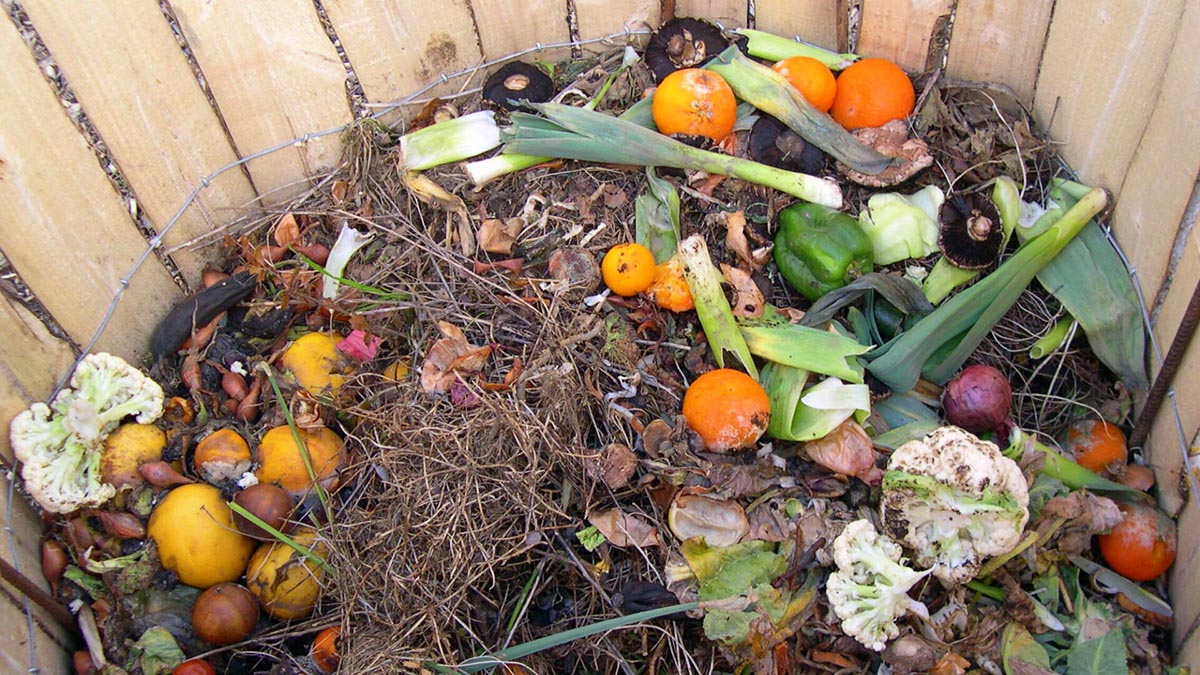

Eco-Friendly Products
What Can Be Found In A Compost Bin
Modified: February 18, 2024
Discover a range of eco-friendly products in a compost bin, including organic waste, food scraps, and biodegradable materials. Find sustainable solutions for reducing waste and promoting environmental conservation.
(Many of the links in this article redirect to a specific reviewed product. Your purchase of these products through affiliate links helps to generate commission for Storables.com, at no extra cost. Learn more)
Introduction
Welcome to the world of composting! If you're passionate about sustainability and reducing your environmental impact, then composting is an incredibly rewarding and eco-friendly practice. In this article, we'll delve into the fascinating realm of compost bins, exploring the essential components, the science behind composting, the benefits of this natural process, and how to maintain a healthy compost bin.
Composting is not only a practical way to reduce waste but also a powerful method for nurturing the earth. Whether you're a seasoned gardener, an eco-conscious enthusiast, or someone simply curious about sustainable living, understanding the intricacies of composting can inspire a deeper connection with nature and a more sustainable lifestyle.
Throughout this article, we'll unravel the mysteries of composting, uncovering the magic that occurs within a compost bin and the vital role it plays in the circle of life. So, let's embark on this enlightening journey and discover the wonders that can be found in a compost bin!
Key Takeaways:
- Composting transforms kitchen scraps and yard waste into nutrient-rich compost, reducing waste and nurturing the earth for a more sustainable lifestyle.
- Microorganisms in a compost bin work together to break down organic materials, creating a thriving ecosystem that benefits the environment and promotes responsible resource management.
Read more: What Can You Put In A Compost Bin
What is a Compost Bin?
A compost bin is a designated container or structure used to facilitate the natural decomposition of organic materials. It serves as a controlled environment where organic waste, such as kitchen scraps, yard trimmings, and other biodegradable materials, undergoes a transformative process, ultimately yielding nutrient-rich compost.
Compost bins come in various shapes and sizes, ranging from simple DIY setups to sophisticated tumblers and multi-chambered systems. The key purpose of a compost bin is to create an ideal habitat for the proliferation of beneficial microorganisms, which break down organic matter into a valuable soil amendment known as compost.
By harnessing the power of nature's recycling system, compost bins enable individuals to divert organic waste from landfills, thereby reducing methane emissions and minimizing the burden on municipal waste management systems. Moreover, the resulting compost can be utilized to enhance soil fertility, nurture plants, and promote a thriving ecosystem.
Whether you opt for a traditional compost bin, a vermiculture system utilizing worms, or a high-tech composting apparatus, the fundamental principle remains the same: harnessing the natural process of decomposition to convert organic waste into a valuable resource.
Compost bins are not only practical tools for waste reduction but also symbols of sustainability and environmental mindfulness. They embody the concept of closing the loop in the cycle of consumption, offering a tangible way for individuals to contribute to a healthier planet.
Now that we've established the essence of compost bins, let's delve deeper into the organic materials that fuel the composting process and the remarkable role of microorganisms within the composting ecosystem.
Organic Materials for Composting
Composting is a natural process that thrives on a diverse array of organic materials. Understanding which items are suitable for composting is essential for maintaining a healthy and balanced compost bin. Here are some common organic materials that can be composted:
- Kitchen Scraps: Fruit and vegetable peels, coffee grounds, eggshells, and non-greasy food scraps are excellent additions to a compost bin. These materials provide essential nutrients and organic matter to the composting process.
- Yard Waste: Leaves, grass clippings, small branches, and plant trimmings are valuable organic materials for composting. They contribute a mix of carbon and nitrogen, essential elements for microbial activity in the compost.
- Shredded Paper and Cardboard: Unbleached paper products, such as shredded newspaper, cardboard, and paper towels, can be added to the compost bin to introduce carbon-rich materials. However, glossy or heavily inked papers should be avoided.
- Straw and Hay: These agricultural byproducts are excellent sources of carbon and can help maintain a balanced carbon-to-nitrogen ratio in the compost pile.
- Coffee Grounds: Used coffee grounds are a rich source of nitrogen and make a fantastic addition to compost, contributing to the overall nutrient content of the final compost product.
- Wood Ash: Small amounts of wood ash from untreated wood can be added to the compost to provide potassium and raise the pH level, especially beneficial for acidic compost materials.
- Manure: Animal manure from herbivores, such as horses, cows, and rabbits, can be added to the compost bin to introduce valuable nutrients and microbial activity.
It’s important to note that certain materials should not be added to a compost bin, including meat, dairy products, oily foods, pet waste, and diseased plants. These items can attract pests, introduce pathogens, or create imbalances in the composting process.
By incorporating a balanced mix of organic materials, composters can create an optimal environment for microbial decomposition, ensuring that the composting process proceeds efficiently and yields high-quality compost. Now that we’ve explored the organic materials that fuel the composting process, let’s uncover the vital role of microorganisms in the composting ecosystem.
Microorganisms in Compost
At the heart of every successful composting endeavor are the remarkable microorganisms that orchestrate the process of decomposition. These tiny but mighty organisms, including bacteria, fungi, and actinomycetes, work synergistically to break down organic materials and transform them into nutrient-rich compost.
Bacteria are among the primary decomposers in a compost bin, responsible for initiating the breakdown of organic matter. They thrive in warm, oxygen-rich environments and play a crucial role in converting complex organic compounds into simpler substances that can be utilized by plants.
Fungi, such as molds and yeasts, complement the work of bacteria by breaking down tougher materials like cellulose and lignin. Their intricate network of hyphae extends throughout the compost, accelerating the decomposition process and contributing to the overall stability and structure of the compost pile.
Actinomycetes, often referred to as “actino,” are a group of bacteria-like organisms that possess qualities of both bacteria and fungi. They excel in decomposing tough, fibrous materials and play a vital role in the breakdown of plant residues and other complex organic compounds.
These microorganisms thrive in a well-balanced compost bin, where oxygen, moisture, and a diverse array of organic materials create an optimal habitat for their activity. As they break down organic matter, they generate heat, which is a hallmark of an active compost pile. This heat not only accelerates the decomposition process but also helps eliminate weed seeds and pathogens, resulting in a safe and nutrient-dense end product.
The presence of these microorganisms is a testament to the intricate web of life within a compost bin, where unseen forces collaborate to transform waste into a valuable resource. Understanding and nurturing this microbial community is essential for maintaining a healthy and productive composting environment.
Now that we’ve gained insight into the vital role of microorganisms in composting, let’s explore the myriad benefits of composting and its positive impact on the environment.
Turn the compost regularly to aerate it and speed up the decomposition process. This will help break down the materials faster and create nutrient-rich compost for your garden.
Benefits of Composting
Composting offers a multitude of benefits that extend far beyond the confines of a compost bin. Embracing this natural process yields positive outcomes for the environment, agriculture, and individual households. Let’s explore the remarkable advantages of composting:
- Waste Reduction: Composting diverts organic waste from landfills, reducing the production of methane, a potent greenhouse gas. By composting kitchen scraps, yard trimmings, and other biodegradable materials, individuals can significantly diminish their environmental footprint.
- Soil Enrichment: Compost serves as a valuable soil amendment, enhancing soil structure, moisture retention, and nutrient content. When incorporated into gardens, farms, and landscaping, compost fosters healthy plant growth and reduces the need for chemical fertilizers.
- Carbon Sequestration: Composting sequesters carbon in the soil, mitigating the release of carbon dioxide into the atmosphere. This process contributes to climate change mitigation and promotes soil health and resilience.
- Biodiversity Support: Healthy soil, enriched by compost, provides a conducive habitat for diverse microbial communities, earthworms, and beneficial insects. This fosters a thriving ecosystem underground, which in turn sustains plant and crop health above ground.
- Water Conservation: Compost enhances soil’s water-holding capacity, reducing runoff and soil erosion. This, in turn, promotes water conservation and supports sustainable agricultural practices.
- Economic Savings: By producing nutrient-rich compost at home, individuals can reduce their reliance on store-bought fertilizers and soil amendments. This not only saves money but also reduces the environmental impact associated with the manufacturing and transportation of commercial products.
- Community Engagement: Composting fosters a sense of community and environmental stewardship. It provides opportunities for collaboration, education, and the shared goal of creating a more sustainable and resilient local environment.
The benefits of composting extend beyond environmental and agricultural realms, permeating into the fabric of sustainable living and responsible resource management. Embracing the practice of composting empowers individuals to actively participate in the preservation of our planet and the cultivation of a greener, more vibrant world.
Now that we’ve uncovered the myriad benefits of composting, let’s delve into the essential practices for maintaining a healthy and thriving compost bin.
Read more: What Is A Compost Bin
How to Maintain a Compost Bin
Maintaining a healthy compost bin involves a combination of attentive management, understanding the needs of the composting process, and providing the ideal environment for microbial activity. Here are essential practices for maintaining a thriving compost bin:
- Balance Carbon and Nitrogen: Achieving the right balance of carbon-rich (browns) and nitrogen-rich (greens) materials is crucial for successful composting. Aim for a carbon-to-nitrogen ratio of approximately 25-30 parts carbon to 1 part nitrogen to facilitate microbial decomposition.
- Aerate the Compost: Regularly turning or aerating the compost pile introduces oxygen, which is essential for the aerobic microbial activity responsible for decomposition. This process prevents compaction and ensures that the compost remains well-aerated and odor-free.
- Maintain Moisture Levels: The compost should have the consistency of a wrung-out sponge, with adequate moisture to support microbial activity. Periodically check the moisture levels and adjust as needed by adding water or dry materials to achieve the ideal balance.
- Layer Organic Materials: Layering different types of organic materials, such as kitchen scraps, yard waste, and shredded paper, promotes a diverse microbial community and facilitates the breakdown of materials. Alternate layers of greens and browns to maintain a balanced compost pile.
- Monitor Temperature: An active compost pile generates heat as a byproduct of microbial activity. Use a compost thermometer to monitor the internal temperature, aiming for a range of 135-160°F (57-71°C) to ensure efficient decomposition and pathogen elimination.
- Manage Pests and Odors: Avoid adding meat, dairy, or oily foods to the compost, as these can attract pests and create foul odors. Covering food scraps with a layer of browns and regularly turning the compost can help deter pests and minimize odors.
- Harvest and Use Compost: Once the compost has matured and transformed into a dark, crumbly substance with an earthy aroma, it is ready for use. Harvest the compost and incorporate it into gardens, potted plants, or landscaping to enrich the soil and promote healthy plant growth.
By implementing these practices, composters can create an optimal environment for microbial decomposition, ensuring that the composting process proceeds efficiently and yields high-quality compost. Now that we’ve explored the essential maintenance practices for a compost bin, let’s address common mistakes to avoid in the composting process.
Common Composting Mistakes
While composting is a natural and straightforward process, certain common mistakes can hinder the effectiveness of a compost bin. By recognizing and addressing these pitfalls, composters can optimize their composting efforts and achieve successful outcomes. Here are some common composting mistakes to avoid:
- Inadequate Aeration: Neglecting to aerate the compost pile can lead to anaerobic conditions, resulting in unpleasant odors and slow decomposition. Regularly turning or mixing the compost introduces oxygen and promotes aerobic microbial activity.
- Imbalanced Materials: Failing to maintain a balanced mix of carbon-rich (browns) and nitrogen-rich (greens) materials can impede the composting process. Strive to achieve the optimal carbon-to-nitrogen ratio to fuel microbial decomposition effectively.
- Excessive Moisture: Overly wet compost can become waterlogged, leading to anaerobic conditions and a lack of oxygen for microbial activity. Monitor moisture levels and adjust as needed to maintain the ideal compost consistency.
- Adding Inappropriate Materials: Including items such as meat, dairy, oily foods, and pet waste in the compost can attract pests, introduce pathogens, and create imbalances in the composting process. Avoid adding these materials to the compost bin.
- Insufficient Layering: Neglecting to layer different types of organic materials can hinder the composting process. Alternating layers of kitchen scraps, yard waste, and shredded paper promotes a diverse microbial community and facilitates efficient decomposition.
- Ignoring Temperature: Failing to monitor the internal temperature of the compost pile can result in inefficient decomposition and the survival of weed seeds and pathogens. Use a compost thermometer to ensure that the compost reaches and maintains the optimal temperature range for microbial activity.
- Harvesting Immature Compost: Harvesting compost before it has fully decomposed can reintroduce unfinished materials into the garden or soil, potentially robbing plants of nutrients and promoting weed growth. Allow the compost to mature into a dark, crumbly substance before harvesting and using it.
By avoiding these common composting mistakes and implementing best practices, composters can foster a healthy and productive composting environment, yielding nutrient-rich compost for gardening, landscaping, and sustainable agriculture. Now that we’ve addressed common composting mistakes, let’s conclude our exploration of composting and its myriad benefits.
Conclusion
Composting is a transformative journey that invites us to connect with the natural world, reduce our environmental impact, and cultivate a more sustainable way of life. Within the confines of a compost bin, a wondrous alchemy unfolds as organic materials undergo a metamorphosis, ultimately yielding nutrient-rich compost that nourishes the earth and sustains life.
From kitchen scraps to yard trimmings, the organic materials that fuel the composting process represent a commitment to responsible waste management and environmental stewardship. By harnessing the power of microorganisms, composting breathes new life into discarded materials, offering a second chance at contributing to the vitality of the planet.
The benefits of composting extend far and wide, from waste reduction and soil enrichment to carbon sequestration and biodiversity support. Through composting, individuals play an active role in mitigating climate change, conserving water, and promoting sustainable agricultural practices, all while fostering a sense of community and environmental responsibility.
Maintaining a healthy compost bin involves a delicate balance of managing organic materials, nurturing microbial activity, and creating an optimal environment for decomposition. By avoiding common composting mistakes and implementing best practices, composters can transform their compost bins into thriving ecosystems that yield high-quality compost for the benefit of the environment and future generations.
As we conclude our exploration of composting, let’s carry forward the knowledge and appreciation gained from this journey. Whether you’re a seasoned composter or someone inspired to embark on this eco-friendly endeavor, may the wonders found in a compost bin serve as a reminder of the interconnectedness of all life and the potential for positive change that lies within our hands.
So, let’s continue to nurture the earth, one compost bin at a time, and embrace the transformative power of composting in our ongoing commitment to a greener, more sustainable world.
Frequently Asked Questions about What Can Be Found In A Compost Bin
Was this page helpful?
At Storables.com, we guarantee accurate and reliable information. Our content, validated by Expert Board Contributors, is crafted following stringent Editorial Policies. We're committed to providing you with well-researched, expert-backed insights for all your informational needs.
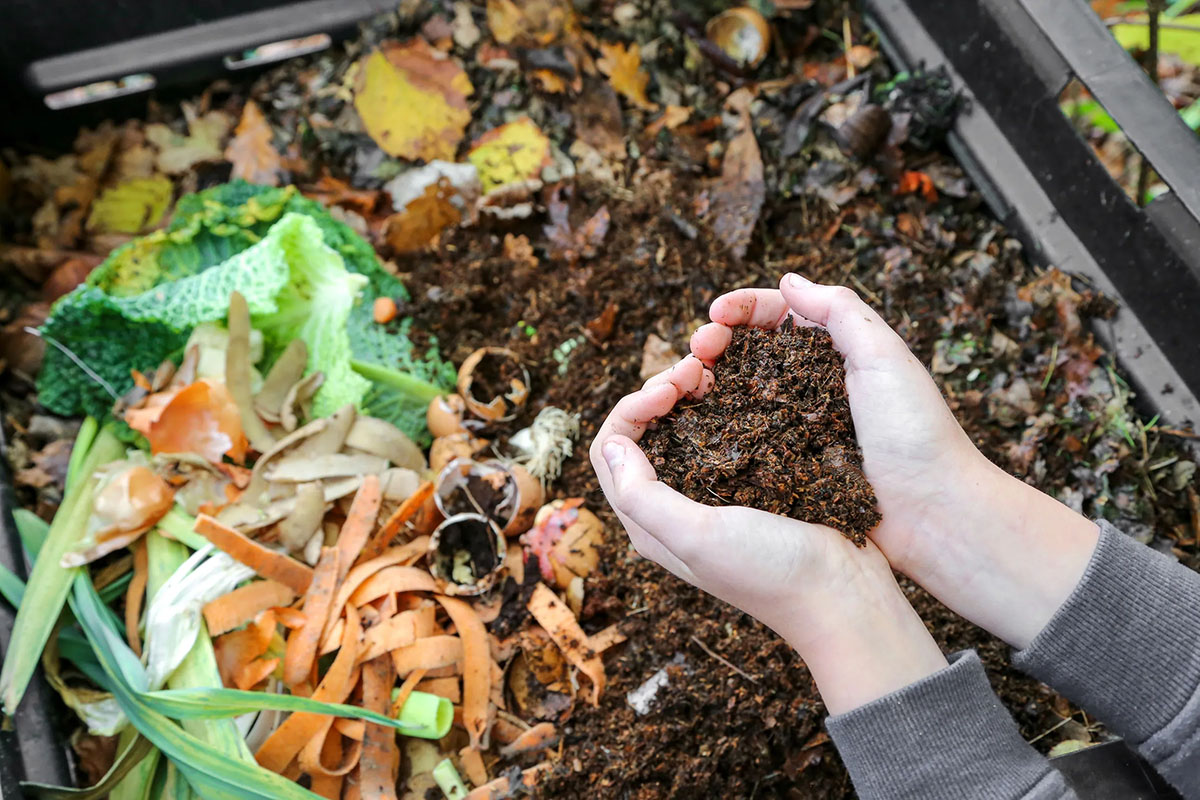
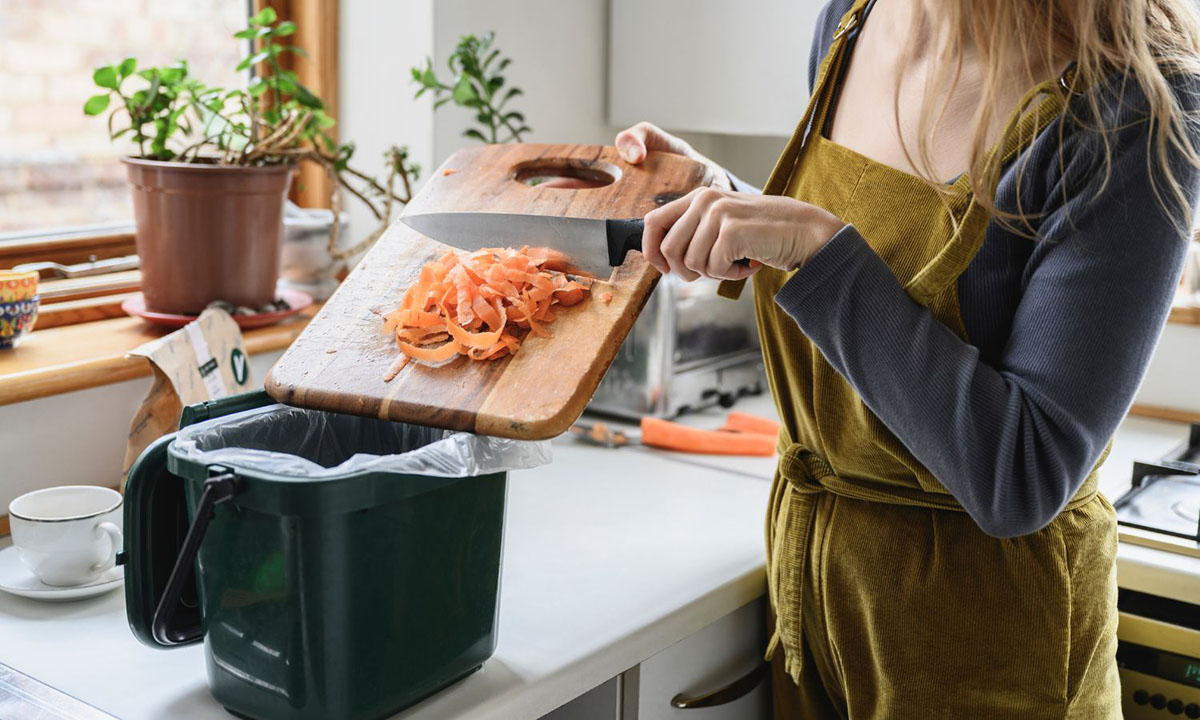
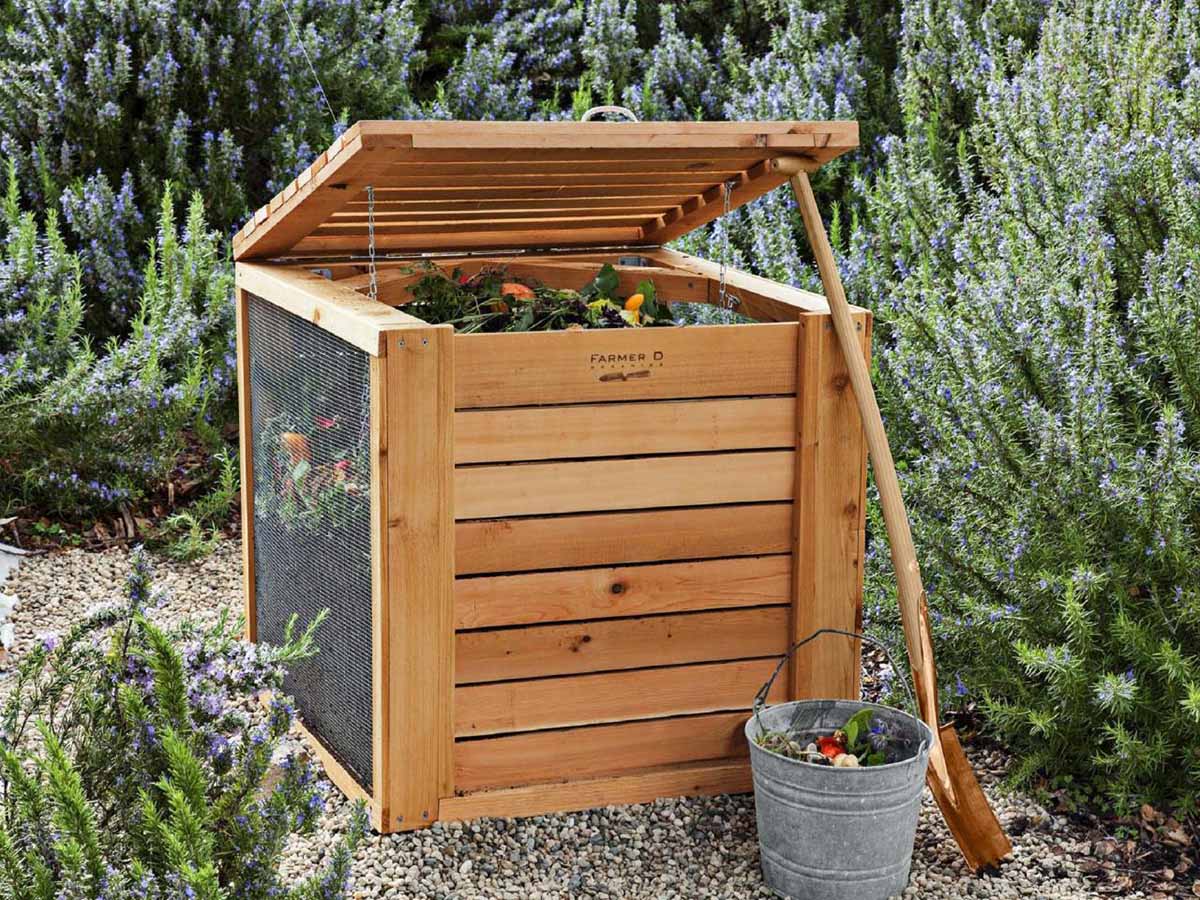
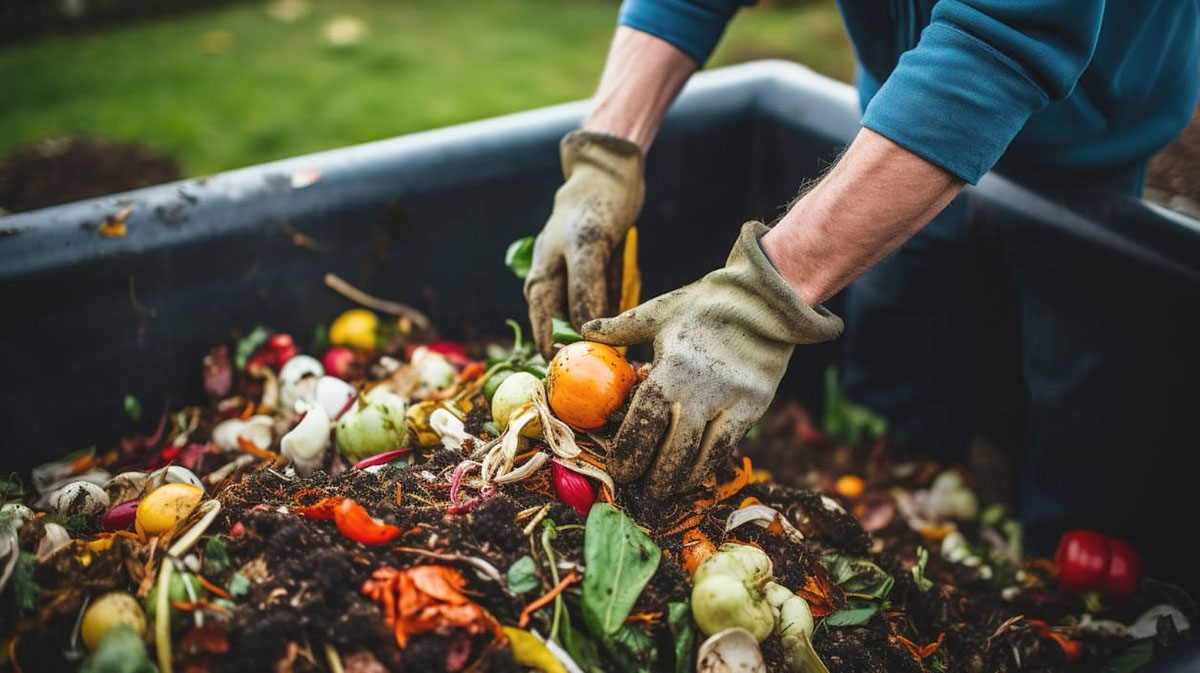
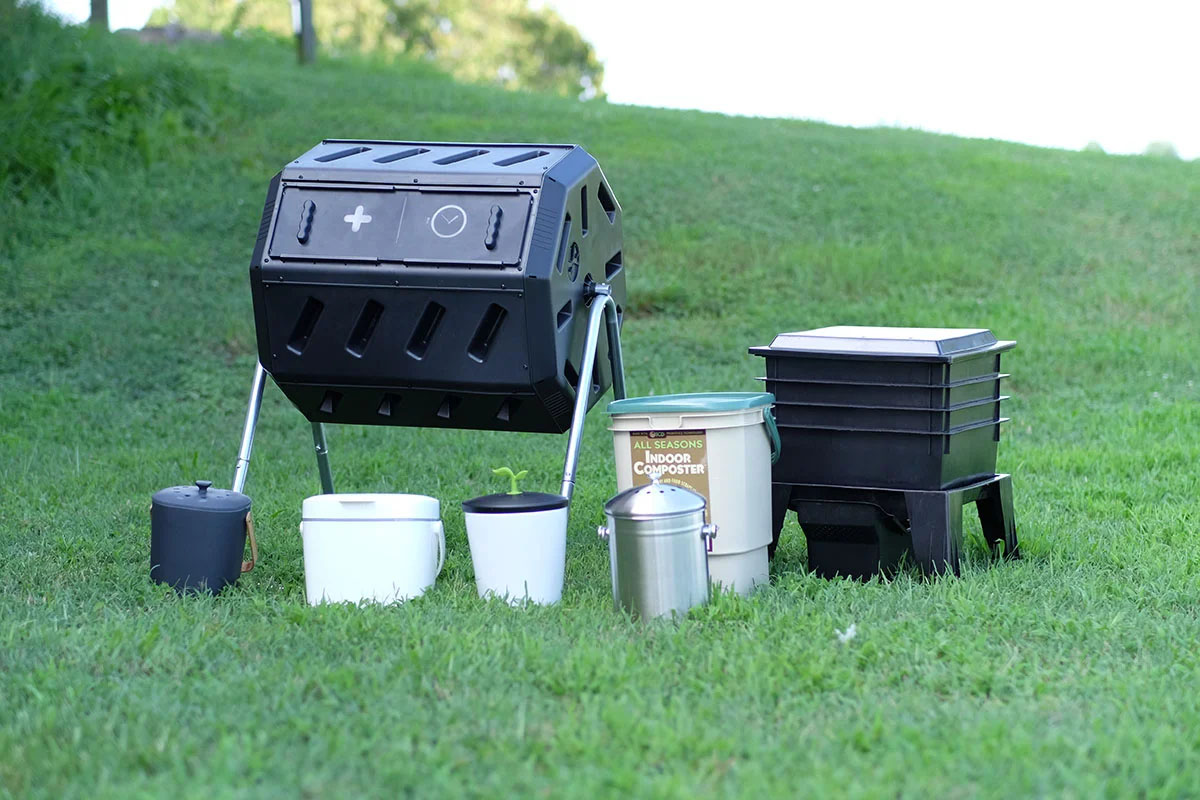
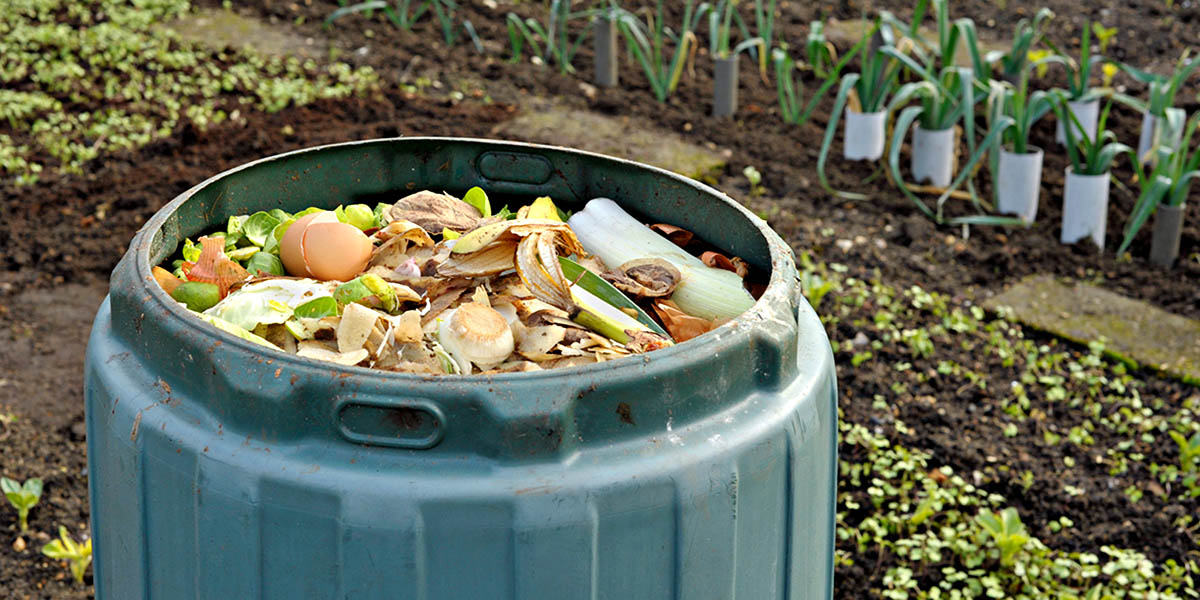
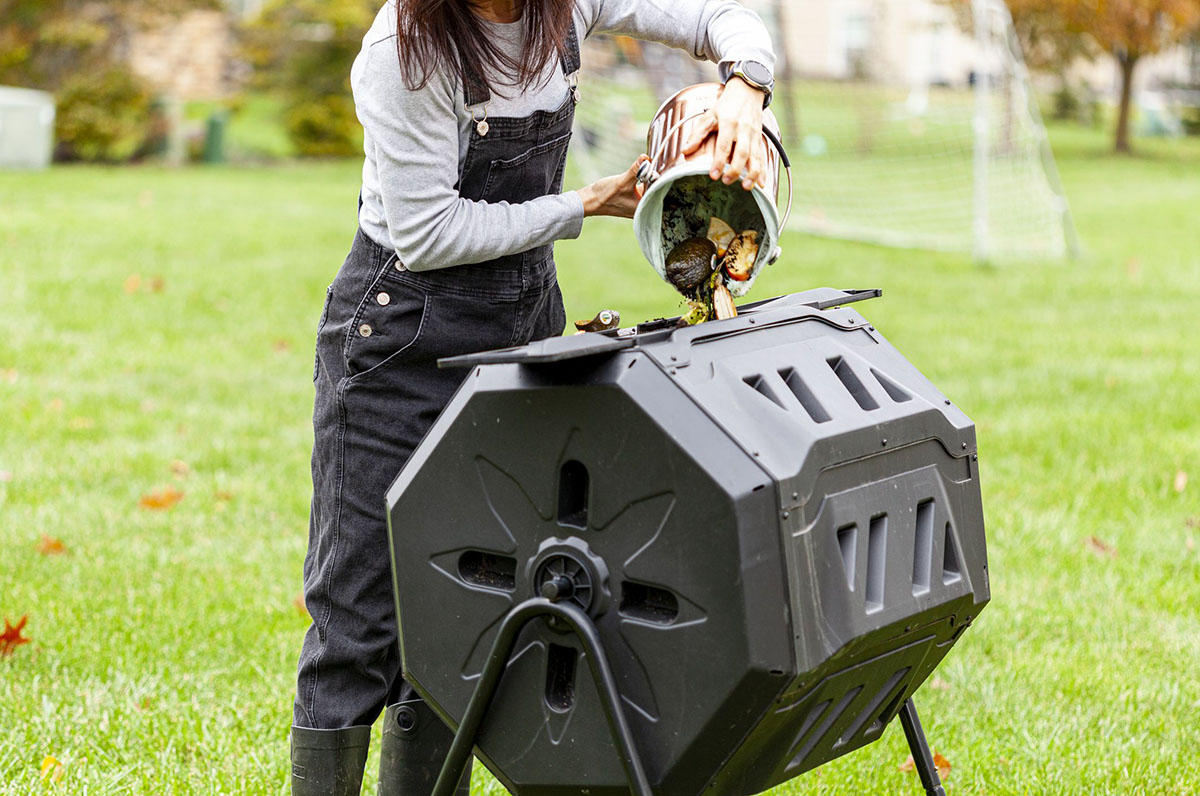
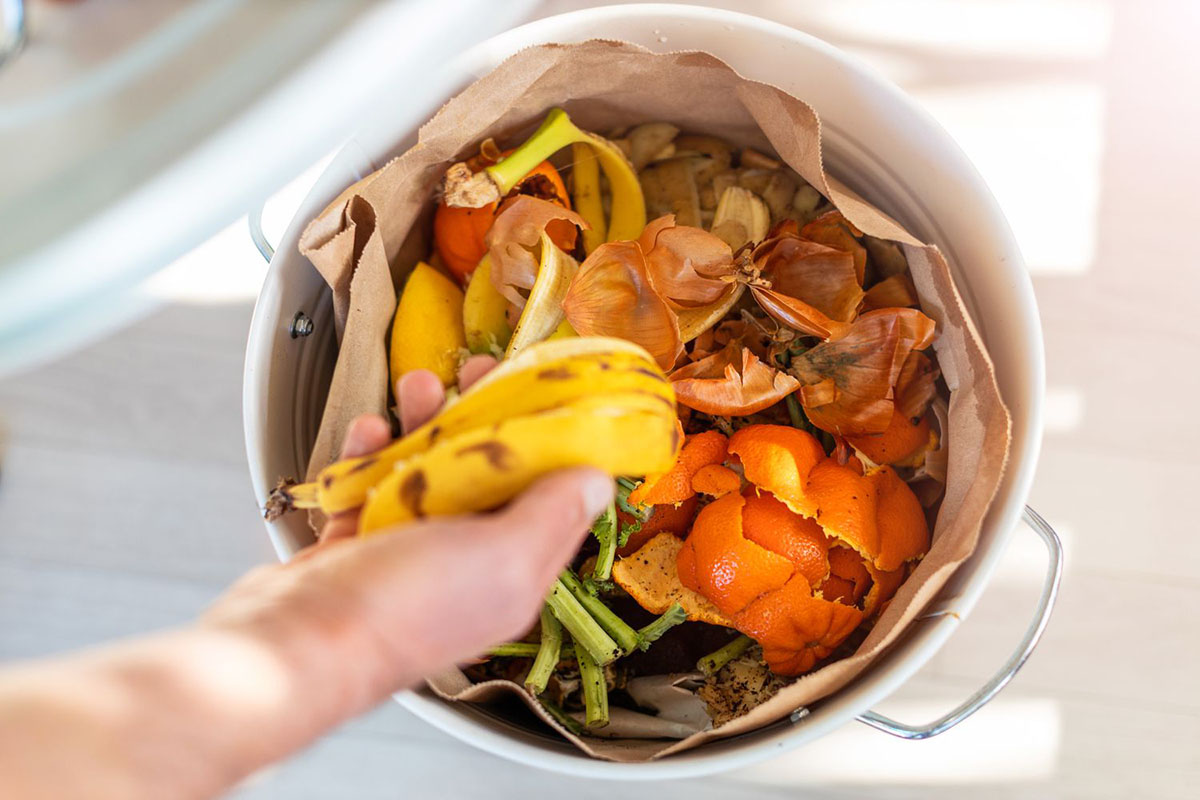
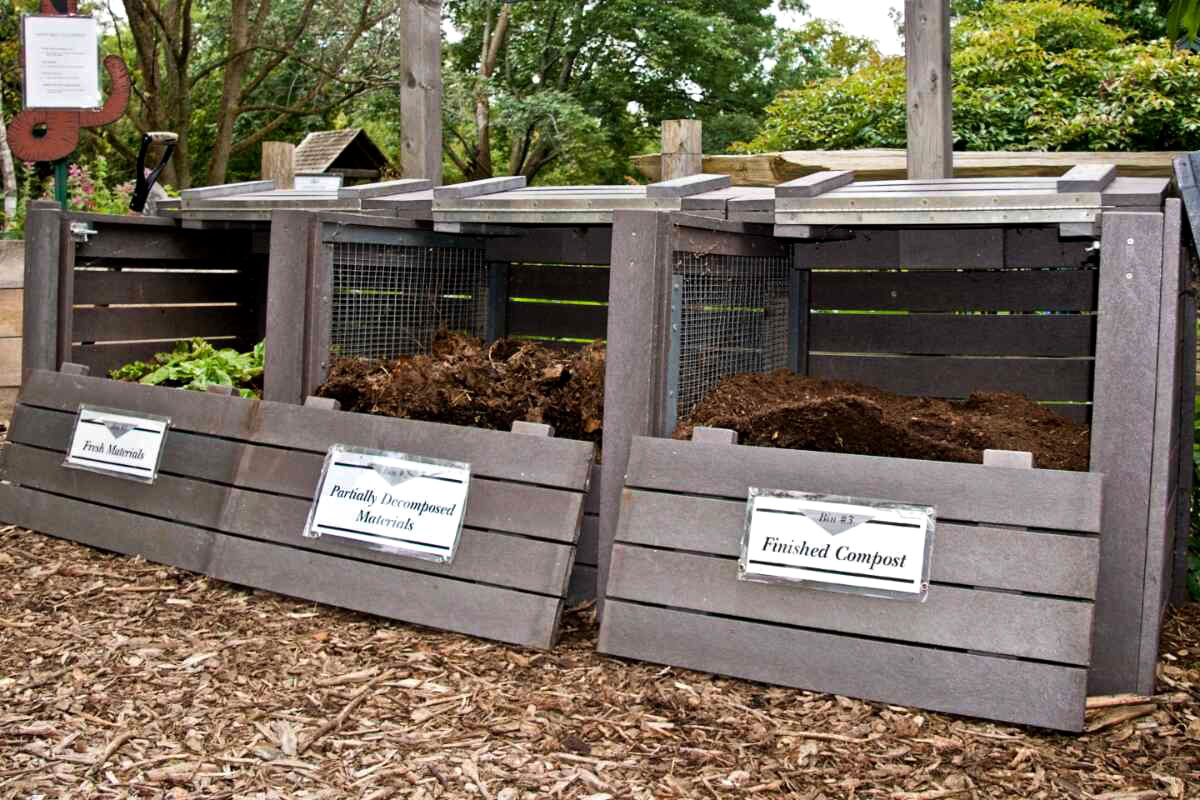
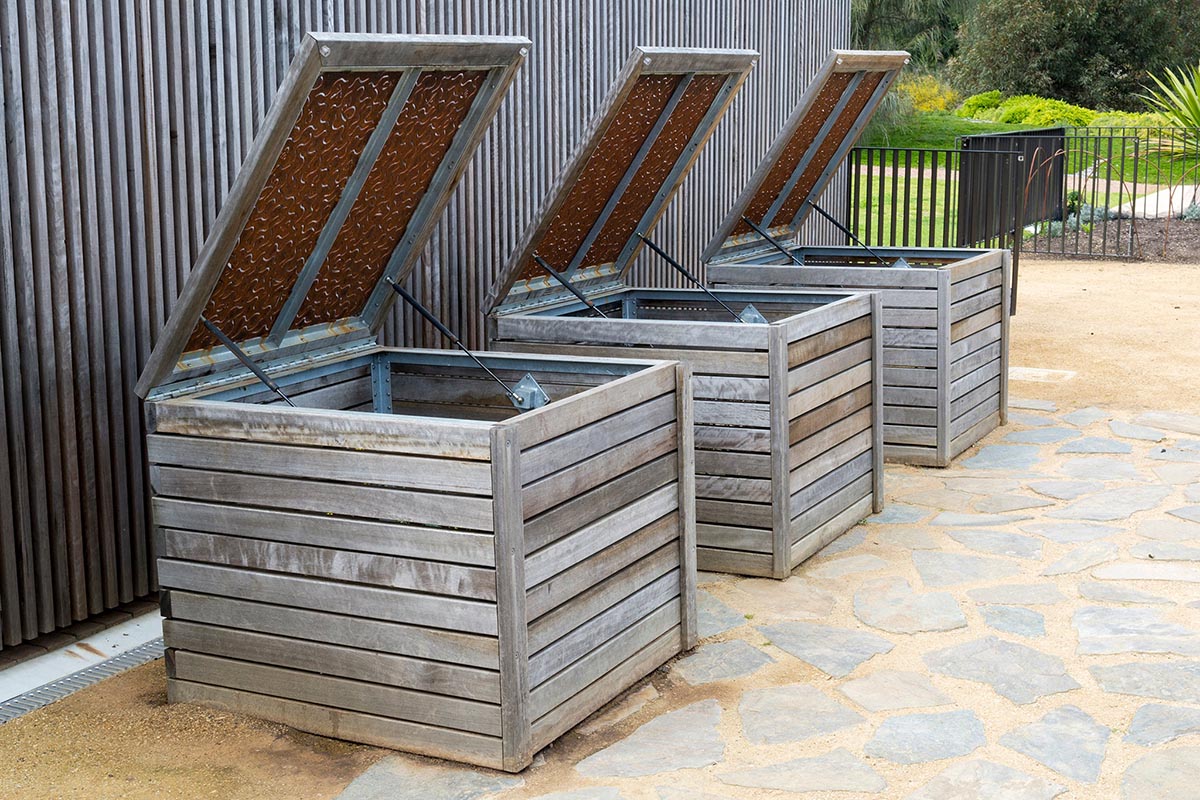
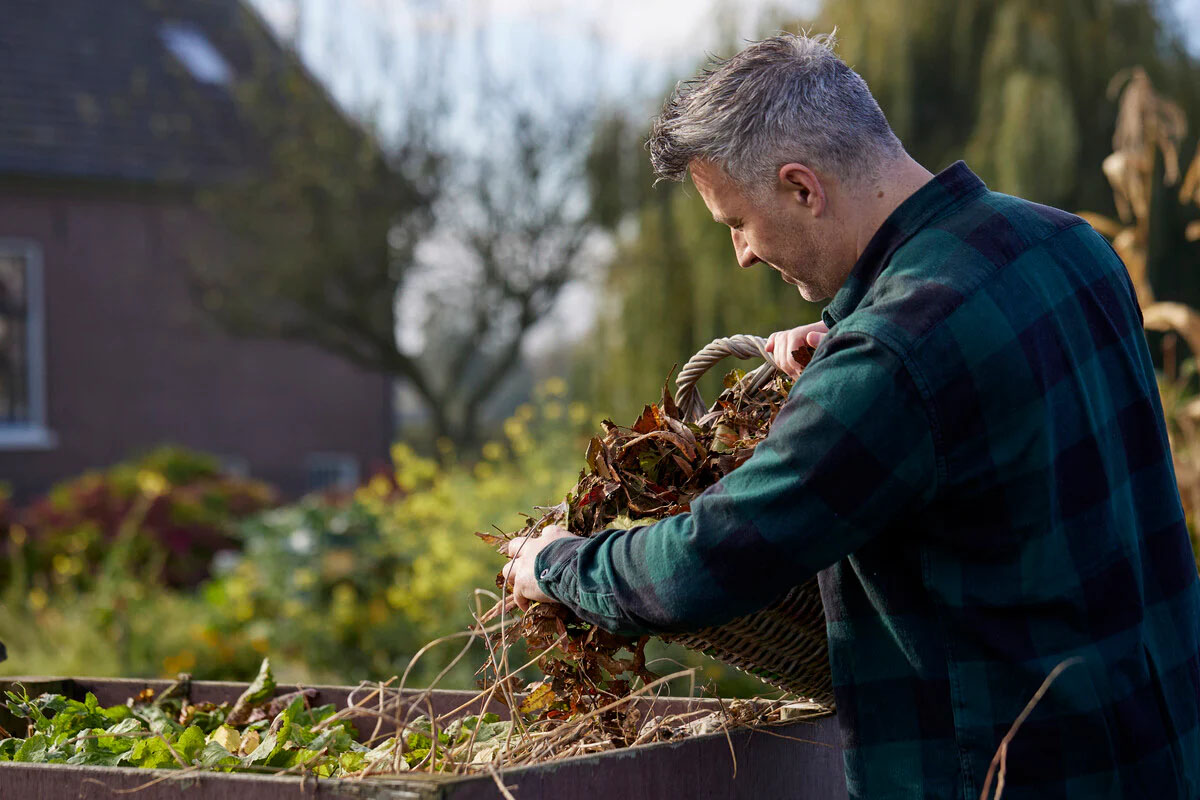
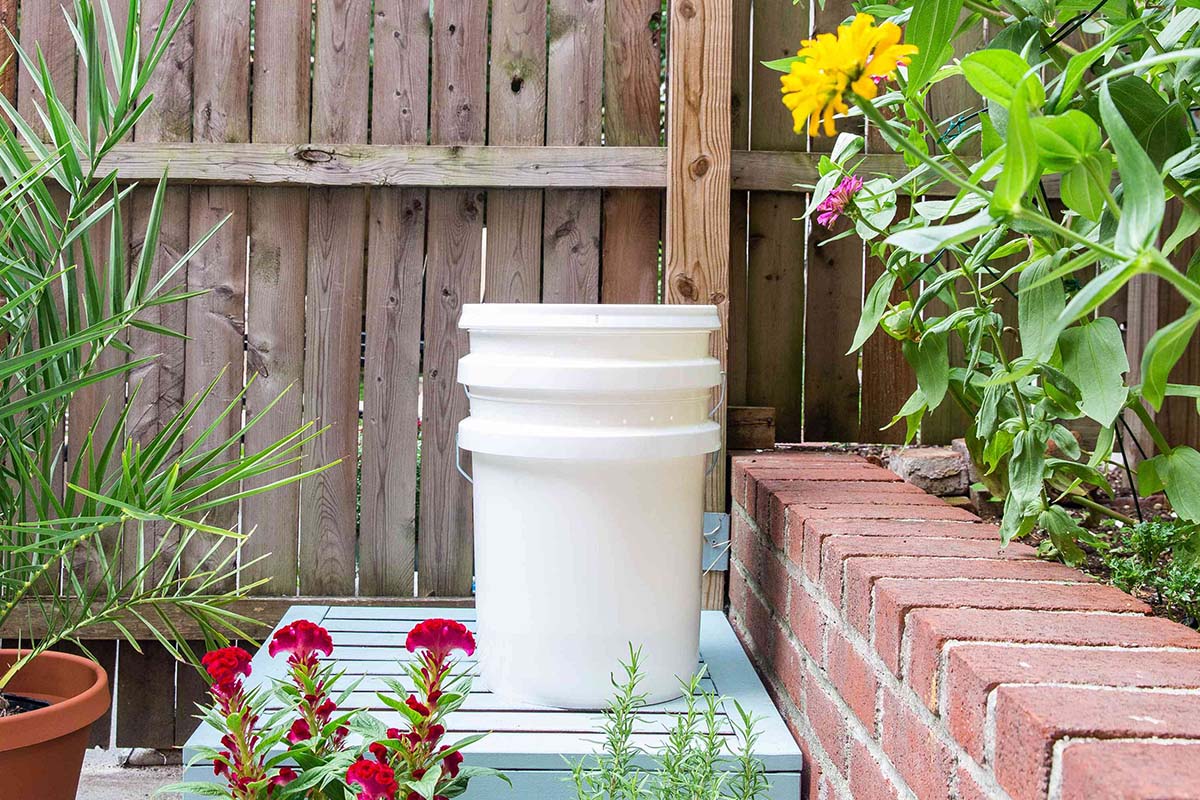
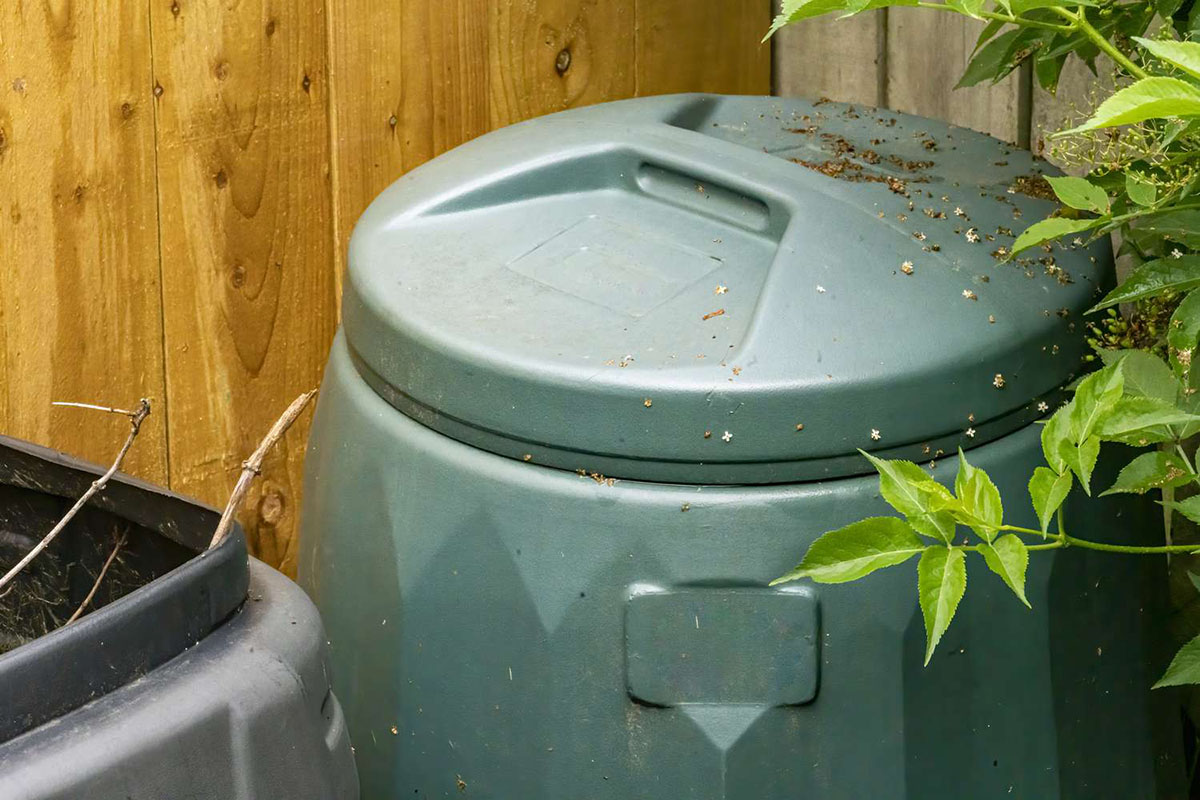
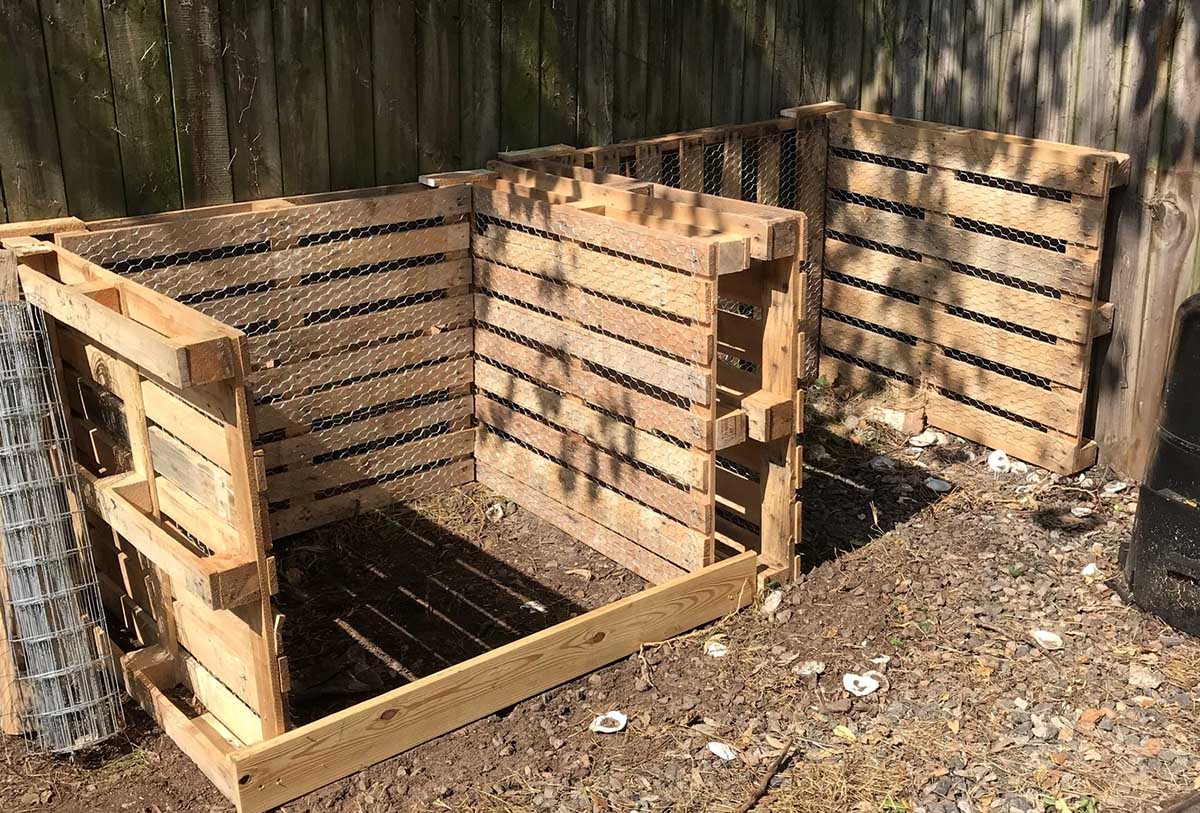

0 thoughts on “What Can Be Found In A Compost Bin”